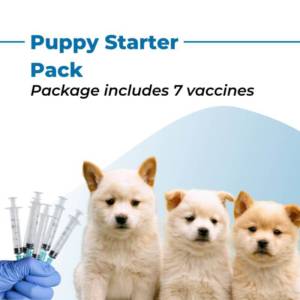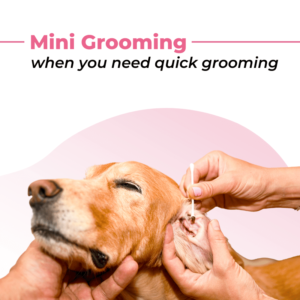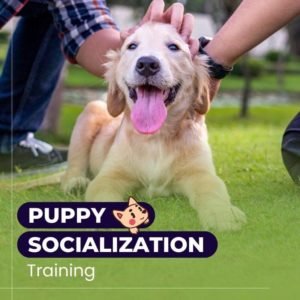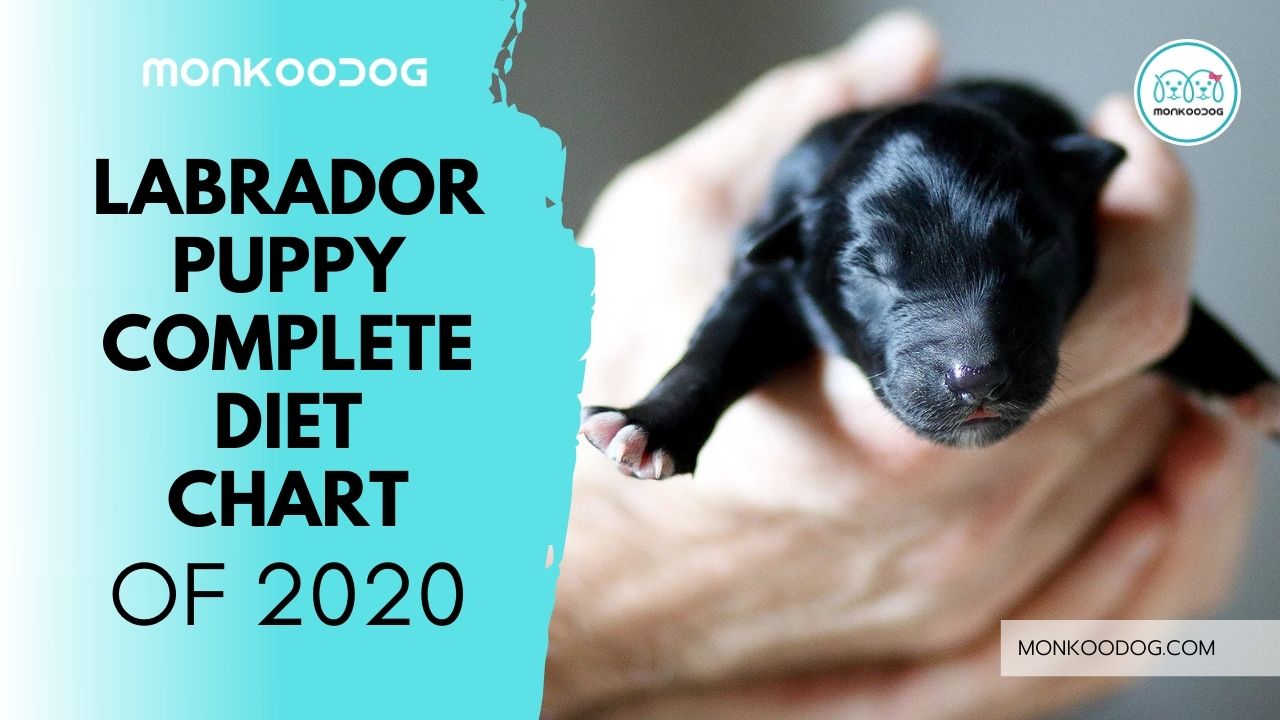
Home » Labrador Puppy Complete Diet Chart
Bringing home a new pup is a delightful experience, to have a little buddy who keeps walking around you, licking your face, and chewing at your fingers is a wholesome feeling. In this blog we provide about Labrador Puppy Complete Diet Chart.
But does the thought of what and when to feed your little furry baby make you anxious?
If yes, then do not worry anymore because we have got your back. We all know how important a complete right balanced diet is for us in our growing years, food has a major impact on our health, vitality, length of our life, and quality of life.
Well, when it comes to food, dogs are not very different, a proper diet is as important for them as it is for us in our growing years. But every dog needs a different diet plan that has to be followed because different dogs have different food requirements.
If you have a labrador pup, you have come to the right place because today we have brought a complete labrador puppy diet chart for you.

If you are adopting from a shelter or from someone you know, try to not adopt before the puppy turns 1.5 months old, as it is important for the pup to be around his mother for at least that much period so that he can feed on her milk. Nonetheless, if this isn’t the situation for your puppy and you have adopted before he turned 1.5 months old, there is no reason to stress.
Even though your little guy won’t get their mother’s milk, you can still take care of his milk requirement by feeding him dog milk which you can easily buy from the market.
Make sure you do not feed him cow’s milk or the ordinary cerelac available in the market, because that will result in diarrhea and hamper your pup’s growth.
At this age, you will have to feed your pup with a feeding bottle just like a human child is fed. Till your dog is 1.5 months old, the only food you will need to administer to him is milk and water (purified).

Once your pup crosses the age of 1.5 months then till he turns 3 months old you can either continue giving him milk or you can switch to starter food options for puppies, which is easily available in the market.
There are a lot of options available in different price ranges. The kibble that you get in these starter packs is small in size and easy for your puppy to chew and is good for their growth.
If the kibble is too hard for your pup to chew, then you can put it in the blender with some lukewarm water and blend it, and later can serve your dog the blended kibble.
Till your dog reaches the age of 3 months, make sure that the quantity of the kibble that you give him is between 200g to 300g in a day, you can divide this quantity into 3 to 4 meals a day.

This is the age when your pup will show the most growth, his food to be apt for him becomes essential because the maximum development mentally as well as physically will take place in this age.
If you want (and have the time) to give your dog homemade food, then nothing like it. You can give your pup boiled chicken which in itself is a self-sufficient diet.
On the other hand, if you want to give him ready-made puppy variants then that is a good call too. There are several variants available in the market for example Royal canine labrador puppy diet options from other brands like drools.
These come in different price ranges and you can make the final based on whichever variant suits your budget and the preference of your pup.
The quantity of food that is to be administered to your pup at this age should be between 400g to 500g divided into 2 to 3 meals a day.
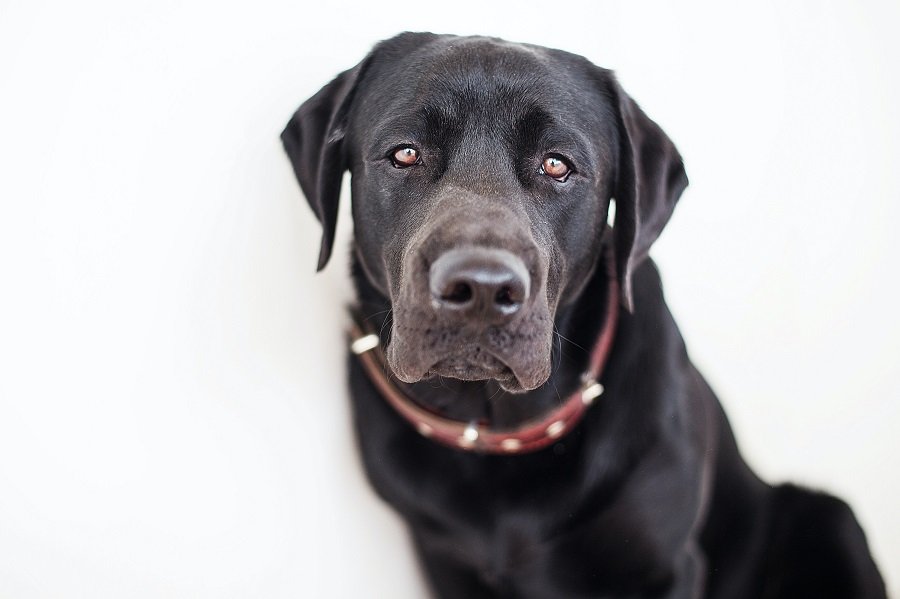
By now your little puppy will be a full-grown dog and it is unlikely that after this age he will grow anymore. But a check on his diet is still necessary to ensure a long life span (more than 12 years).
Now is the time to start giving him adult kibbles from various brands which you can decide based on your budget and your dog’s preference.
If you choose to give your dog homemade food instead of market products, then you can give him chicken, raw meat, liver of different animals, and edible bones. You can also give him rice, fruits, and vegetables for his food.
The quantity of food that needs to be administered to your dog will depend on the type of food and your dog’s weight. Feed your dog only twice a day and in addition to his regular meals give him treats once in a while.

Dogs can be picky about what they eat. When they are young and are being fed by a bottle, they will eat or drink whatever you give them but gradually as they grow and start eating by themselves there will be food that they will refuse to touch.
Labradors specifically are a very picky breed when it comes to food, so if your pup refuses to eat his kibble don’t be surprised.
The best option that you have, to feed your pup the dry food that he refuses to eat is to give it with some additives. There are homemade additives that dogs love such as chicken pieces (boneless in case of a puppy), chicken stalk, curd, or eggs.
When you add these to your puppy’s regular dry food, he is most likely to eat them. Another measure that you can take to make your labrador eat his kibble is to try and change the brand.
It sometimes does happen that your dog is not very fond of a particular brand because the kibble might be hard to chew or there can be an ingredient that your pup does not like, so try to change the brand and get a small packet to try with your dog first and if he approves of it then you can switch to bigger packets.
If you can’t get homemade additives then you can go for the additives available in the market which are less nutritious and rather tastier like pedigree gravy etc.
Once you understand what your dog likes and what he doesn’t it will become easier to feed him and to make sure that you are giving him a staple diet that is good for his health, growth, and development.
Also See: Dog Training Tips That Can Protect Your Furry Friend From Wild Animals
